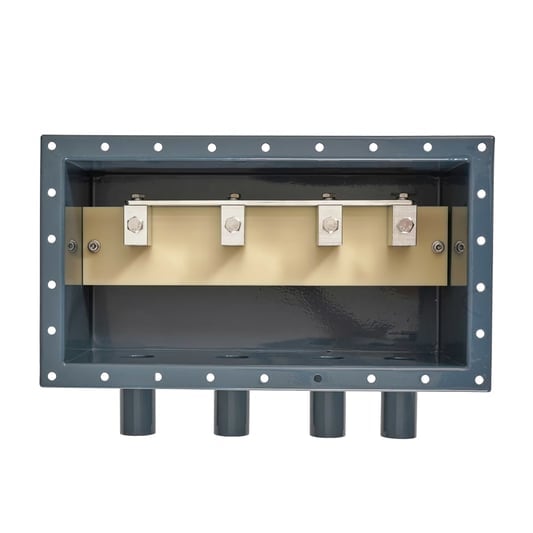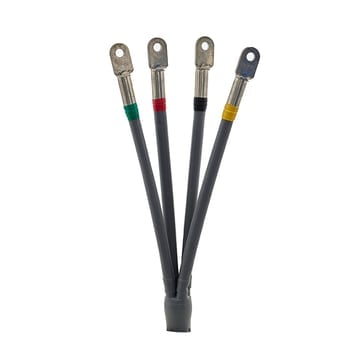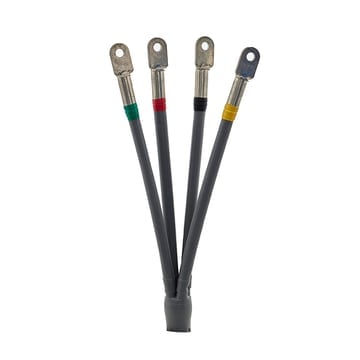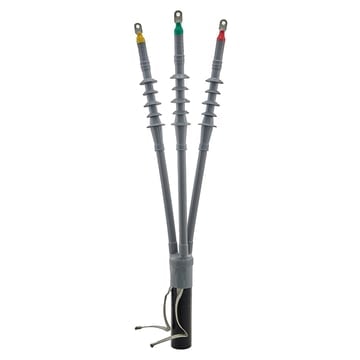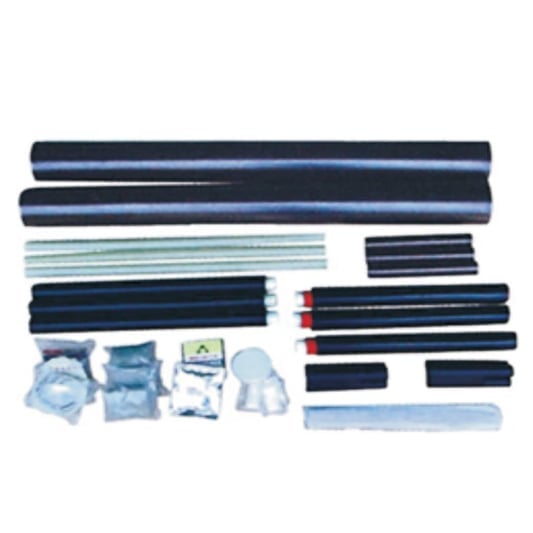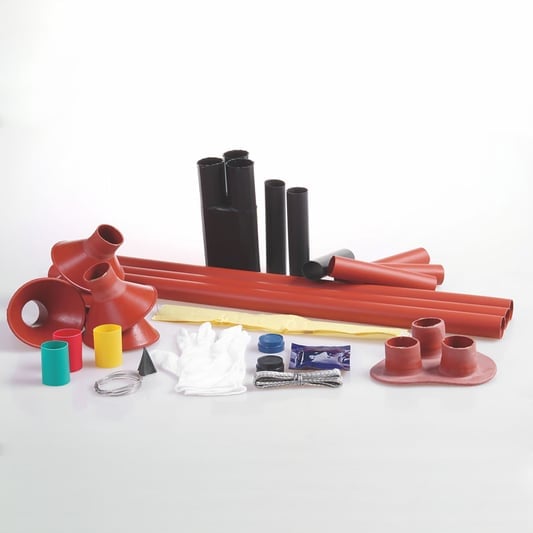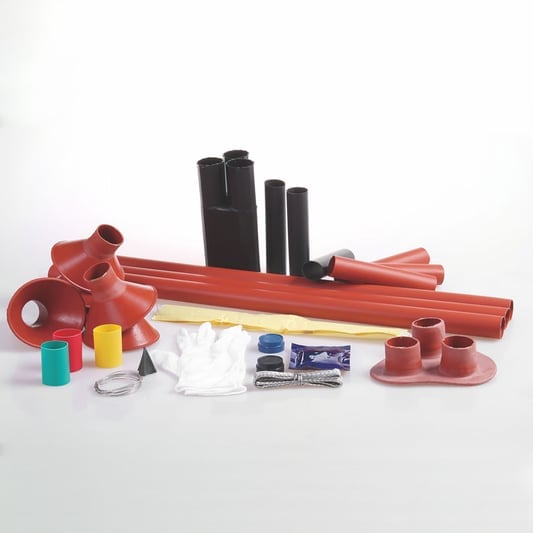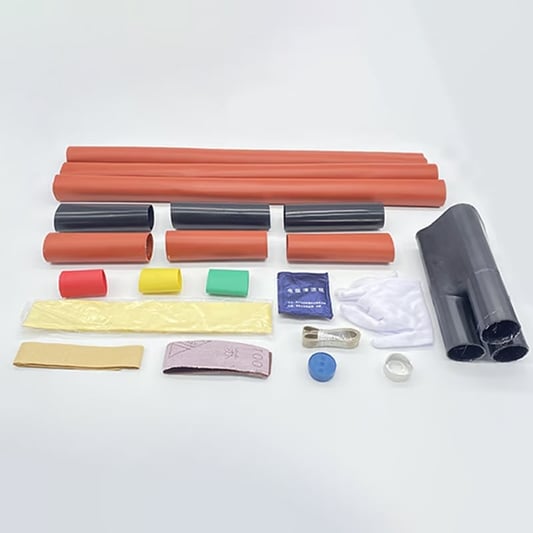how to protect ground wires in an outlet box: A Complete GuideElectrical wiring is a crucial component of any building. When wiring an outlet box, it’s important to ensure that the electrical connection is not only safe, but also secure. One way to achieve this is by protecting ground wires in an outlet box. Here’s what you need to know about how to do it correctly:What are Ground Wires?Ground wires are an essential part of electrical wiring. They are also known as “earth wires” and they act as a safety measure in case of a short circuit or electrical malfunction. Ground wires are usually green or bare copper wires that are connected to the ground terminal of an outlet box.Why Protect Ground Wires in an Outlet Box?Ground wires need to be protected in an outlet box to prevent accidental disconnection, damage or corrosion. Damaged or corroded ground wires can cause electrical malfunctions that are dangerous and may result in injury or property damage. Protecting ground wires also ensures long-term safety and reliability of your electrical system.Use Correct Tools and MaterialsWhen working with electrical components, it's important to use correct tools and materials to ensure proper installation. To protect ground wires, use only insulated wire connectors that are rated for the maximum voltage and current of the circuit. Do not use tape or any other material that is not specifically designed for electrical insulation.Wrap with Electrical TapeIf the ground wires are exposed within the outlet box, it’s important to wrap them with electrical tape. This helps prevent accidental contact with other wires or metal edges within the box. Use a high-quality electrical tape that is rated for electrical insulation and is compatible with the insulation type of the wire.Use Wire NutsWire nuts are a common way to protect ground wires in an outlet box. They provide a secure and reliable connection between wires. When using wire nuts, make sure to twist them tightly and cover them with electrical tape. This helps prevent any loosening or accidental disconnection over time.Use Grounding ScrewsGrounding screws are a reliable method to protect ground wires in an outlet box. They provide an easy and permanent grounding solution for many types of electrical components. When using grounding screws, make sure to follow the manufacturer's guidelines for installation and torque specifications.Avoid OvercrowdingDo not overcrowd outlet boxes with too many wires and components. This can lead to damaged or corroded ground wires, as well as increased risk of electrical malfunctions or fire hazards. Allow enough space within the outlet box to accommodate all the wires and components without overcrowding.Check RegularlyIt’s important to check the condition of ground wires regularly to ensure proper functioning. Check ground wires for damage, wear and tear, or corrosion. Also, make sure that all connections are tight and secure. Any defects or damage should be repaired or replaced immediately.Call a ProfessionalIf you have any doubts or concerns about protecting ground wires in an outlet box, it’s best to call a professional electrician. They can assess the situation and provide expert advice and installation services. This will ensure your electrical system is safe, reliable and up to code.ConclusionProtecting ground wires in an outlet box is an essential safety measure for any electrical installation. Use the correct tools and materials, and follow recommended guidelines for installation and maintenance. Check regularly for wear and tear or damage, and call in a professional if you need assistance. By taking these steps, you can protect your home or building from electrical malfunctions, injury or property damage.


